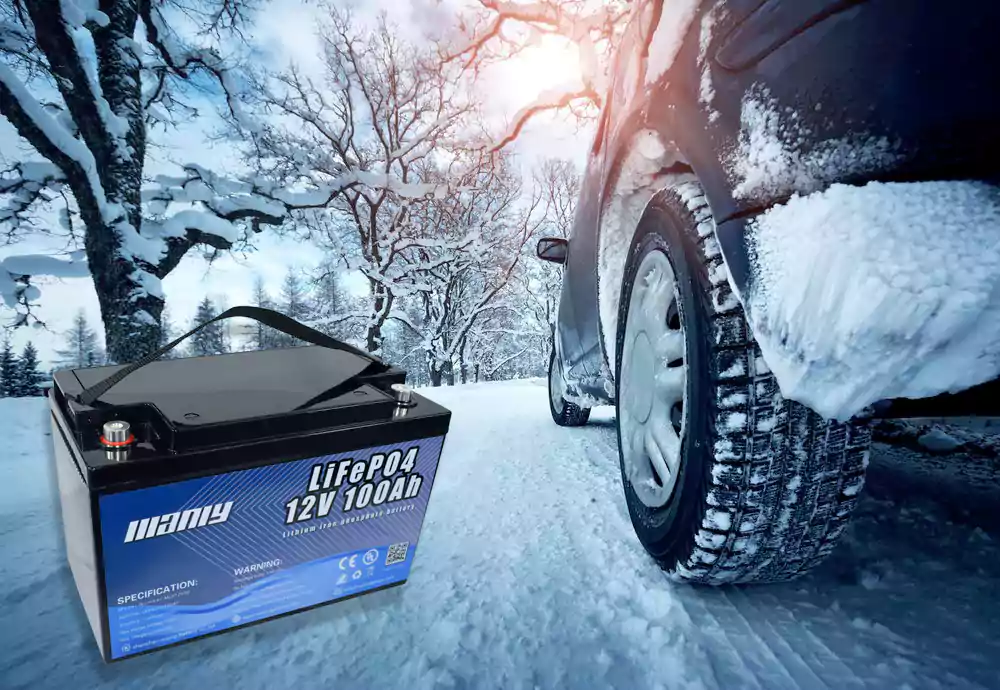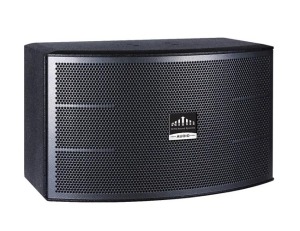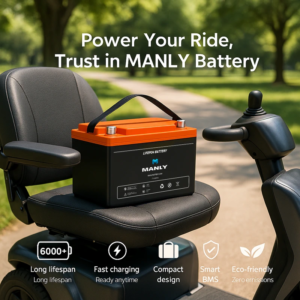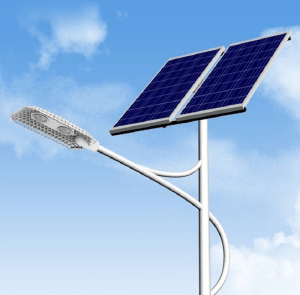2025 Guide to Lithium Ion Battery Winter Care
Índice
- 2025 Guide to Lithium Ion Battery Winter Care
- O que são baterias de lítio?
- Uma bateria de lítio congelada funcionará?
- As baterias de lítio podem congelar?
- Consequências do congelamento das baterias de lítio
- As baterias de lítio congeladas serão carregadas?
- Compreendendo os limites de temperatura da bateria de íons de lítio
- Dicas de armazenamento de inverno para baterias de íon de lítio
- Vale a pena usar baterias de íon de lítio no inverno
- Saiba mais sobre bateria

O que são baterias de lítio?
Lithium-ion batteries, commonly referred to as Bateria LiFePO4, is at the forefront of battery technology today, and there's a good reason for their popularity. But before diving into how they fare in extreme weather, especially cold conditions, let's understand what they are and how they work.1. A anatomia de uma bateria de íons de lítioUma bateria de íon de lítio compreende três componentes principais:- Ânodo (oposto ao cátodo): Servindo como eletrodo negativo, o ânodo geralmente é feito de carbono ou grafite.
- Cátodo: Este eletrodo positivo é feito de óxidos metálicos como fosfato de ferro-lítio ou óxido de cobalto-lítio, variando de acordo com o tipo de bateria.
- Eletrólito: Preenchendo o espaço entre o cátodo e o ânodo, o eletrólito é um gel ou um líquido contendo sais de lítio. Esta configuração permite que os íons de lítio se movam livremente entre os eletrodos durante a operação da bateria.
- Carregamento mais rápido: Elas carregam mais rapidamente em comparação com as baterias de chumbo-ácido.
- Ciclos de carga mais longos: Essas baterias podem passar por mais ciclos de carga, prolongando sua vida útil.
- Taxas de descarga mais lentas: Eles mantêm a carga por mais tempo devido às taxas de descarga mais lentas.
- Leve: As baterias de íons de lítio são consideravelmente mais leves.
- Recursos de segurança integrados: essas baterias vêm com vários recursos de segurança para evitar problemas como superaquecimento.
- Amizade ambiental: Eles são mais ecológicos do que seus equivalentes de chumbo-ácido.
Uma bateria de lítio congelada funcionará?
Lithium-ion batteries are renowned for their robust performance in extreme weather conditions, whether scorching hot or freezing cold. They stand out as some of the most reliable batteries available. However, it's important to be aware of how cold temperatures can affect them.Baterias de lítio e desafios em climas friosEmbora as baterias de lítio sejam geralmente eficazes em climas frios, elas podem enfrentar desafios sob temperaturas extremamente baixas. Se uma bateria de íons de lítio for totalmente exposta a condições de congelamento, seu desempenho poderá ser comprometido, embora geralmente ainda deva funcionar.O que acontece quando as baterias de lítio ficam muito frias?- Riscos de congelamento: Em condições de frio extremo, existe o risco de uma bateria de iões de lítio congelar. No entanto, mais comumente, a bateria tende a ter um desempenho inferior, em vez de congelar completamente.
- Viscosidade e condutividade do eletrólito: Em temperaturas mais baixas, o eletrólito dentro da bateria torna-se mais viscoso e menos condutor. Essa mudança resulta em aumento da resistência interna.
- Entrega atual reduzida: À medida que a resistência interna da bateria aumenta, a sua capacidade de fornecer corrente diminui.
- Atividade e eficiência do eletrodo: Os eletrodos da bateria tornam-se menos ativos e eficientes em condições de frio, retardando as reações químicas necessárias para gerar eletricidade.
- Capacidade e potência: A capacidade geral e a potência da bateria diminuem em temperaturas frias, dificultando a movimentação eficiente dos íons.
As baterias de lítio podem congelar?
The question of whether lithium batteries can freeze is a topic of interest, especially when comparing them to lead-acid batteries. Lead-acid batteries can indeed become hazardous in low temperatures, potentially freezing and even exploding due to a combination of being discharged and diluted electrolyte.Baterias de lítio vs. frio extremoUnlike lead-acid batteries, lithium batteries have a different response to cold temperatures. Their electrolyte doesn't change its freezing point easily, making lithium batteries less likely to freeze unless exposed to exceptionally low temperatures.As baterias de lítio realmente congelam?Technically speaking, lithium batteries don't "freeze" in the conventional sense. However, their functionality in freezing conditions is significantly affected. It's essential to follow safety protocols when using batteries in cold weather, and always purchase from reliable suppliers like MANLY Battery.Como o frio afeta as baterias de lítioIn cold conditions, the performance of lithium-ion batteries is noticeably hindered. The transfer rate of lithium ions in and out of the anode slows down drastically. This slowdown is due to lithium-ion alloy plating on the anode's surface, which impedes the ions' entry into the carbon sites of the anode, thereby obstructing current flow and reducing battery capacity. In this context, the battery "freezes," not in a literal sense, but in its ability to function efficiently.Outros efeitos do tempo frioAlém da redução da capacidade, as temperaturas congelantes também podem ter efeitos mais prejudiciais em certos componentes da bateria. Por exemplo, o eletrólito pode endurecer, levando a uma circulação menos suave e a uma diminuição adicional na taxa de transferência de íons de lítio. Isso resulta em tensão mais baixa da bateria e potência de saída reduzida.O resultado finalWhile you can't literally freeze a lithium battery, cold temperatures do have a negative impact on its performance. The efficiency of lithium-ion transfer and overall component functionality are compromised in low temperatures. Therefore, understanding and mitigating the effects of cold on lithium batteries is crucial, especially for applications where reliable battery performance is essential in chilly conditions.Consequências do congelamento das baterias de lítio
Lead acid batteries do not fare as well in cold weather as lithium. When lead acid batteries freeze, they discharge and can explode, though this does sound more dramatic than it actually is. Even so however, this poses a significant safety risk and it is something which you will want to avoid.Frozen batteries however, are still possible with lithium. When lithium batteries are exposed to extreme cold, their performance may suffer. This is largely due to the fact that chemical reactions taking place inside the batteries, can cause them to form lithium crystals if you try to charge them in very cold conditions.The batteries will therefore struggle to charge, and may take longer to charge. You’ll also find that they discharge much quicker as well.The good thing about using lithium batteries over lead acid, is the fact that they do not require ventilation, so you can install them in enclosed spaces. This makes it easier to store them in places with more insulation and protection from the cold.Put very simply however, if a lithium battery freezes completely, it simply will not work until the temperature rises, and there is always the risk of damage as well.As baterias de lítio congeladas serão carregadas?
First and foremost, if the temperature the battery is exposed to, is below freezing, you should never try charging it. Charging in sub-zero temperatures can result in damage to the battery.Instead, what you should do is allow the battery to warm up first, and then charge it when the battery and ambient temperature is above freezing. You can opt for heated pads, heated battery bank storage compartments, and other methods when it comes to warming your battery in cold weather.When it comes to avoiding frozen batteries, you should also invest in a battery with a BMS (Battery Management System). This is an in-built safety feature that will allow you to charge your battery and not have to worry about the temp dipping below freezing. If/when the temperature does drop too low, the temperature cutout feature will kick in and it will stop charging. This will prevent damage to the battery and improve its longevity.Again, buying from trusted manufacturers and suppliers, such as MANLY, is a great way to ensure your battery is working, and charging, at its most efficient, even in extreme cold.EntendimentoLimites de temperatura da bateria de íons de lítio
When dealing with lithium-ion batteries, it's crucial to know their temperature thresholds, especially if they're used in environments with wide temperature variations. Lithium batteries operate best within the range of -4°F to 140°F. However, for charging, the safe and recommended temperature window is narrower, lying between 32°F and 131°F (0°C to 55°C). Charging lithium batteries outside of this range, especially at higher temperatures, could be hazardous and potentially lead to explosions.Quão frio é muito frio?Muitas vezes surge a pergunta: as baterias de lítio congelam ou ficam danificadas com o frio? A resposta é que temperaturas abaixo de 32°F não são favoráveis para baterias de lítio. Carregá-los em condições tão frias retarda as reações químicas, tornando as baterias incapazes de produzir energia significativa. Essa lentidão pode fazer com que as baterias parem de funcionar completamente.Preocupações com bateria congeladaFor those needing to use lithium batteries in sub-freezing conditions, it's important to avoid charging them in these temperatures. Doing so can lead to irreversible damage and reduce the battery's lifespan and efficiency. Lithium-ion batteries have certain limitations when it comes to freezing temperatures, and understanding these Lithium-ion Battery Temperature Limits is key to maintaining their longevity and performance.In summary, while lithium-ion batteries are incredibly versatile and powerful, they do have their vulnerabilities, particularly when it comes to temperature extremes. Knowing and respecting these temperature boundaries is essential for anyone looking to get the most out of their lithium battery, whether it’s for everyday use or specialized equipment.Dicas de armazenamento de inverno para baterias de íon de lítio
As an expert in car batteries, I can attest that lithium-ion batteries are generally more reliable in winter than lead-acid batteries. However, extremely low temperatures can still pose a risk to them. In regions with harsh winters, special precautions for these batteries are advisable.Dicas de armazenamento de inverno para baterias de íons de lítio- Carregar e desconectar: Antes do início do frio intenso, carregue a bateria de íons de lítio até cerca de 80% e desconecte-a. Guarde-o em local quente e seco, longe da luz solar direta, e aguarde temperaturas mais favoráveis.
- Manutenção de temperatura estável: Evite armazenar baterias de íon de lítio em condições de congelamento, mas também evite calor excessivo. Não coloque a bateria perto de aquecedores ou fogos, pois isso pode ser perigoso. A temperatura ambiente é ideal para armazenamento, garantindo que a bateria permaneça em excelentes condições durante a primavera.
- Cobertores de bateria: Esses cobertores isolados são perfeitos para manter as baterias aquecidas. Eles cobrem confortavelmente a bateria, fornecendo isolamento do frio e retendo o calor gerado pela bateria.
- Unidades de armazenamento isoladas ou caixas de bateria: Essas unidades especialmente projetadas oferecem excelente proteção para baterias de lítio em climas frios, ajudando a reter o calor gerado pela bateria.
- Carregamento do painel solar: Antes da exposição ao frio, carregue as baterias de lítio com painéis solares. Isso não apenas os mantém carregados, mas também ajuda a manter uma temperatura ideal.
- Armazenamento em área aquecida: Colocar a bateria num espaço aquecido, como uma garagem, pode reduzir significativamente o impacto do tempo frio, mantendo a sua funcionalidade e calor.
- Aquecedores de bateria: Os aquecedores de bateria, especialmente aqueles projetados para baterias de lítio, oferecem temperaturas ajustáveis para manter a bateria aquecida em condições frias, prolongando sua vida útil e desempenho.




















